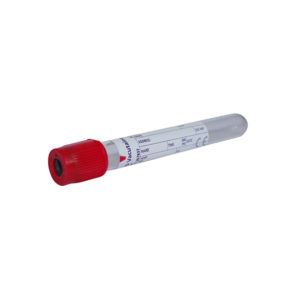At the beginning of the year, South West London Pathology (SWLP) was delighted to award a major clinical blood sciences (CBS) contract for all SWLP sites to global leader in clinical diagnostics Beckman Coulter.
Vitamin A
| Category | Biochemistry |
|---|---|
| Reporting frequency | 2 weeks |
Additional information
Sample should be kept in the dark.
Lab Tests Online UK
Lab Tests Online - UK is a website written by practising laboratory doctors and scientists to help you understand the many clinical laboratory tests that are used in diagnosis, monitoring and treatment of disease.
- Search Tests

